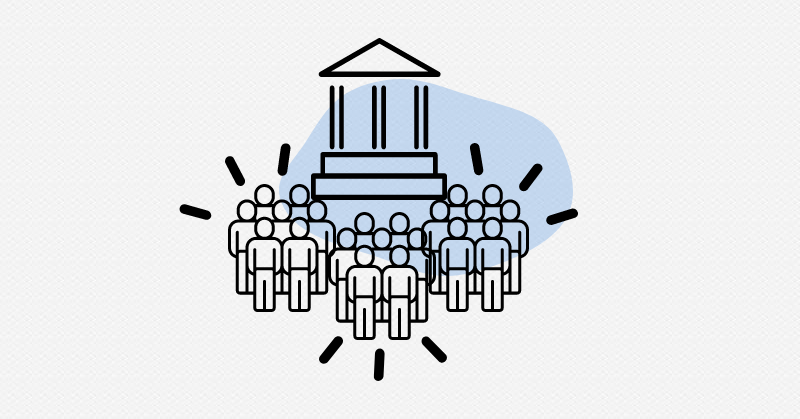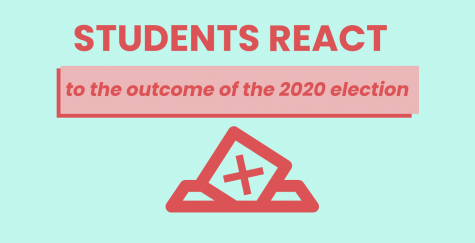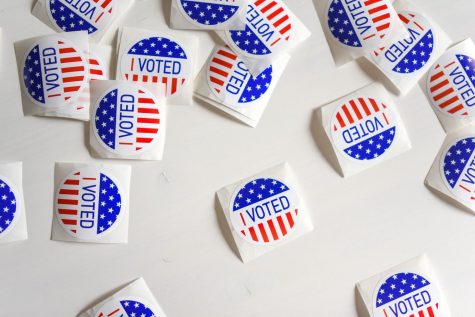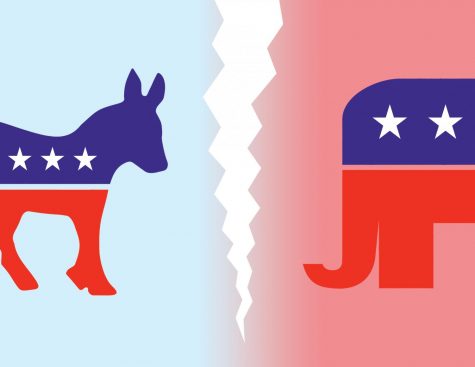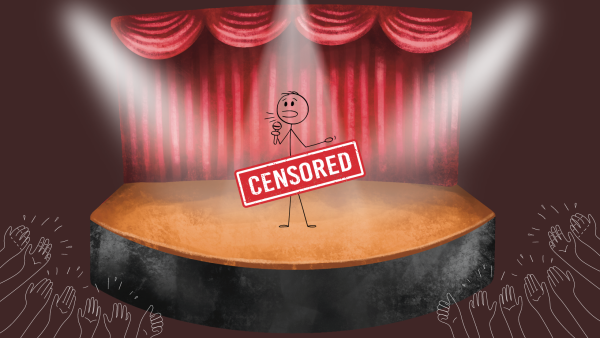Crowding the bench
What does court packing mean? How does it affect our lives? WSS staffer Paige Albright ’23 looks into the history and the impact of adding seats to the Supreme Court.
Court packing is a political ploy, used to shift the views of the Supreme Court.
A tragic loss for our nation. The recent death of Supreme Court Justice Ruth Bader Ginsberg has surfaced the historical issue of court-packing with legislatures on Capitol Hill. As the political parties vied for control and balance of views in the country’s highest court, Amy Coney Barrett, the Trump Administration’s nominee to the Supreme Court, tipped the court to a more conservative stance. The balance of the court is now 6-3 conservative to liberal. It had previously been a ratio of 5-4 while Justice Ruth Bader Ginsberg was on the bench.
The lack of balance has many wondering if the now President-elect Joe Biden will seek to expand the number of judges on the bench. President-elect Biden has previously opposed the idea but seems to have gone silent on the topic more recently. Barrett’s nomination barely passed in the Senate by only a four-vote margin. The Republicans removed the filibuster, which means that the appointment of a justice to the Supreme Court requires a simple majority vote.
The filling of the vacancy left by the late Justice Ginsberg sparked a heated debate due to its close proximity to the presidential election. The late justice’s final wish was her position to be filled after the 2020 general election. In 2016, a similar situation occurred with the death of Justice Antonin Scalia. President Barack Obama had nominated Garrick Marland, but the Republican-controlled Senate blocked Obama’s nominee due to the fact that the election was only eight months away. However, the stance taken by Senate Republicans in 2016 is contradictory to their stance today, as they approved President Trump’s nominee with only a little over a week until election day. With the addition of Barrett to the bench, she becomes the third justice to be appointed by President Trump.
Court-packing is better understood when looking at it as a manipulative tactic for partisan gain. It usually involves the violation of the normal practices of appointing a justice, like the norm of avoiding the appointment of a judge during an election year, and the appointment of justices that will respect the previously passed precedents. Using this lens, the appointment of Amy Coney Barrett to the Supreme Court is an obvious case of court-packing, as the nominee was appointed after early voting of an election had already started, and the nominee is also publicly opposed to previously established precedents of the Supreme Court.
In America’s past, the number of Justices in the Supreme Court has varied from five to ten as the constitution does not specify the number of justices. In the early years of America’s history, there were many changes to the number of Supreme Court justices. The last time Congress approved a change to the size of the court was a reduction to the number of seats after the Civil-War. This was done in an effort to block President Andrew Johnson from appointing any justices. The last attempt to add seats to the court was in Franklin Delano Roosevelt’s presidency. Roosevelt was hoping to shift the makeup of the court in support of his New Deal Laws. Congress has the ability to expand or reduce the size of the Supreme Court by simply passing a law. Congress has historically done so when the political makeup of the Supreme Court is leaning too far to one side, hindering its ability to maintain balance and causing it to fail to represent the mainstream ideas of the American citizens.
Whatever the decision, the tenure for Justice Barrett is for life, and the effects of her rulings will impact generations.
— Paige Albright '23
The spotlight is now on the incoming administration to see if they will propose a law to add another seat to the bench. Many liberal and moderate democrats have spoken out, saying that packing the court or expanding it should be explored. As they feel the court needs to return the court back to its rightful state of neutrality and balance. The Democrats hope to add and fill seats with justices who share their ideas to balance out the very right-leaning court. Doing this would dilute the very conservative court, as justices cannot be dismissed, new members must be added. Many Republicans close to the Trump administration have spoken out saying adding justices would undermine the democracy of the nation. However, wouldn’t a skewed Supreme Court damage the integrity of our democracy as well by completely disenfranchising a large segment of our population?
The results of the special election for Senate seats in Georgia could alter the control of the currently Republican-controlled Senate could reduce the push back to the incoming President-elect proposing an additional seat to the bench. The incoming administration is likely to address the issue within the first days of office. Whatever the decision, the tenure for Justice Barrett is for life, and the effects of her rulings will impact generations.
Your donation will support the student journalists of West High School. Your contribution will allow us to purchase Scholarship Yearbooks, newsroom equipment and cover our annual website hosting costs.

(she/her) She is a senior this year, and she is also the Co-Managing Editor and Podcast Editor for web this year. In her free time, you can find her at...


